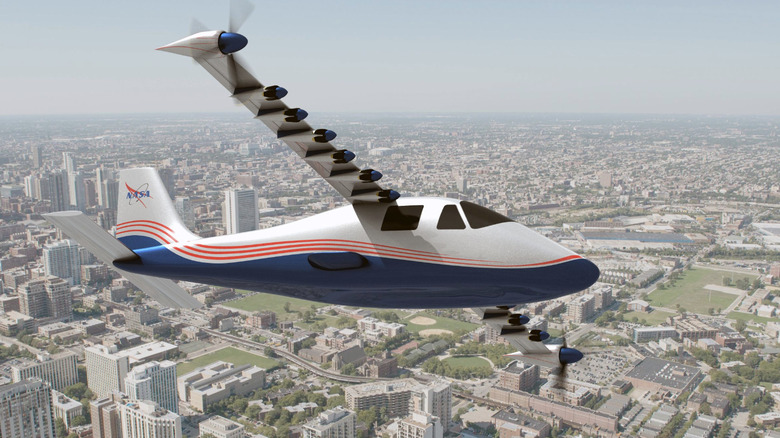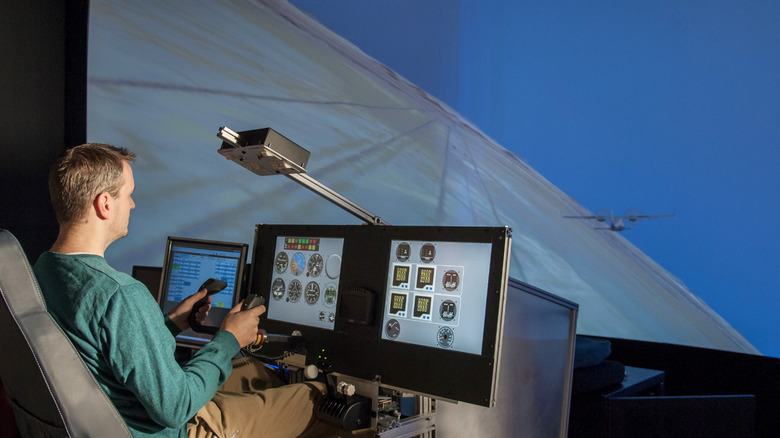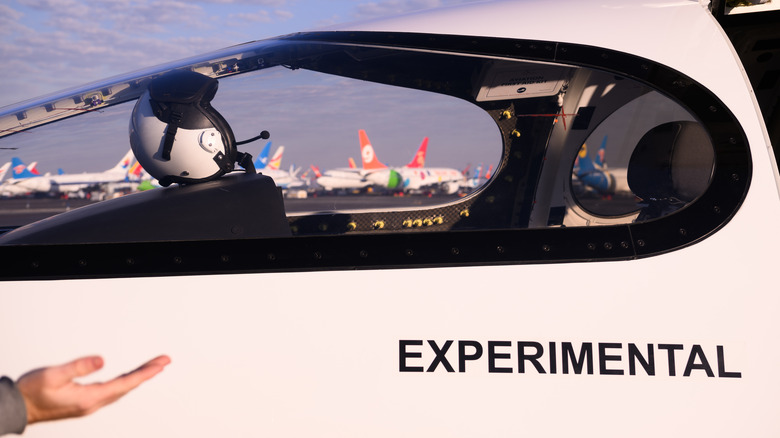NASA X-57: The Experimental Electric Plane With 14 Motors
The history of aviation as we know it today could have been markedly different. It's the bold innovations, the fascinating experiments and the successes after failures that brought humanity to the point of AI-flown fighter jets. The history of NASA, in a very real way, is the history of American aviation, and its own X-57 is one of the most curious flying machines ever developed.
In pursuit of carbon neutrality, the world faces an increased push towards electric vehicles, but this will only happen with a tremendous amount of effort: In February of 2022, only around 1% of vehicles in the United States were electric, Reuters reported. NASA's X-57 Maxwell (named for physicist James Clerk Maxwell) is an attempt to investigate and develop the concept of more environmentally-friendly flight. Unwieldy it may be, but it's poised to teach the organization an awful lot.
Here's the story of this remarkable aircraft, its extraordinary 14-motor design, and the present and future of the project.
What is the X-57 Maxwell?
Electric aircraft, using distributed electric propulsion, can be significantly cheaper to run, as well as being much greener to boot (NASA). There's an awful lot more to the equation than just this, though. They're also, relatively, rather less powerful, which is why the X-57 is equipped with a full and astonishing complement of 14 motors.
At the AIAA Aviation 2016 conference, NASA Administrator Bolden spoke of New Aviation Horizons, "an initiative that calls for our return to flying experimental technology
demonstrators, known among aviation enthusiasts as X-planes." Bolden stated that, as part of this long-term project, "Three large scale, subsonic X-planes will demonstrate in-flight the range of possible technologies and configurations that could contribute to the major reductions in fuel, emissions and noise that are among our stretch goals." This was the world's official introduction to the X-57, and it's come such a very long way since.
The X-57 made its first flight in Spring of 2018, an advancement of the scalable convergent electric propulsion operations research program at NASA. It was created by Empirical Systems Aerospace, which began the project in 2014, its seemingly outlandish design makes perfect sense: It was created from a Tecnam P2006T, which underwent significant modifications. Two of its motors are placed on the tips of the wings, with the remaining two-dozen reserved for the taxing process of landing and taking off.
The future of the X-57 project
The X-57 will be equipped with an Electric Power Systems battery, and capable of flying for one hour. In this sense, it's rather seriously limited in what it can achieve, but that's precisely the point: Its capacity for flight may be short, but as an experiment, a proof-of-concept, it's achieving an incredible amount in that time.
In July 2021, high-voltage testing on the X-57 was successfully completed, according to NASA. During the process, it powered its propellers solely using its electric component for the very first time. This marked another essential step in the development of the X-57, and by extension, of electric flight itself.
A collaborative effort from NASA and U.S. businesses such as TMC Technologies and Joby Aviation, the X-57 is currently slated to make its first true test flight in 2023. Its impact on the industry is yet to be defined, but one thing seems to be for certain: It's going to be significant, much like other pioneering aircraft like the Eviation Alice (pictured above).


